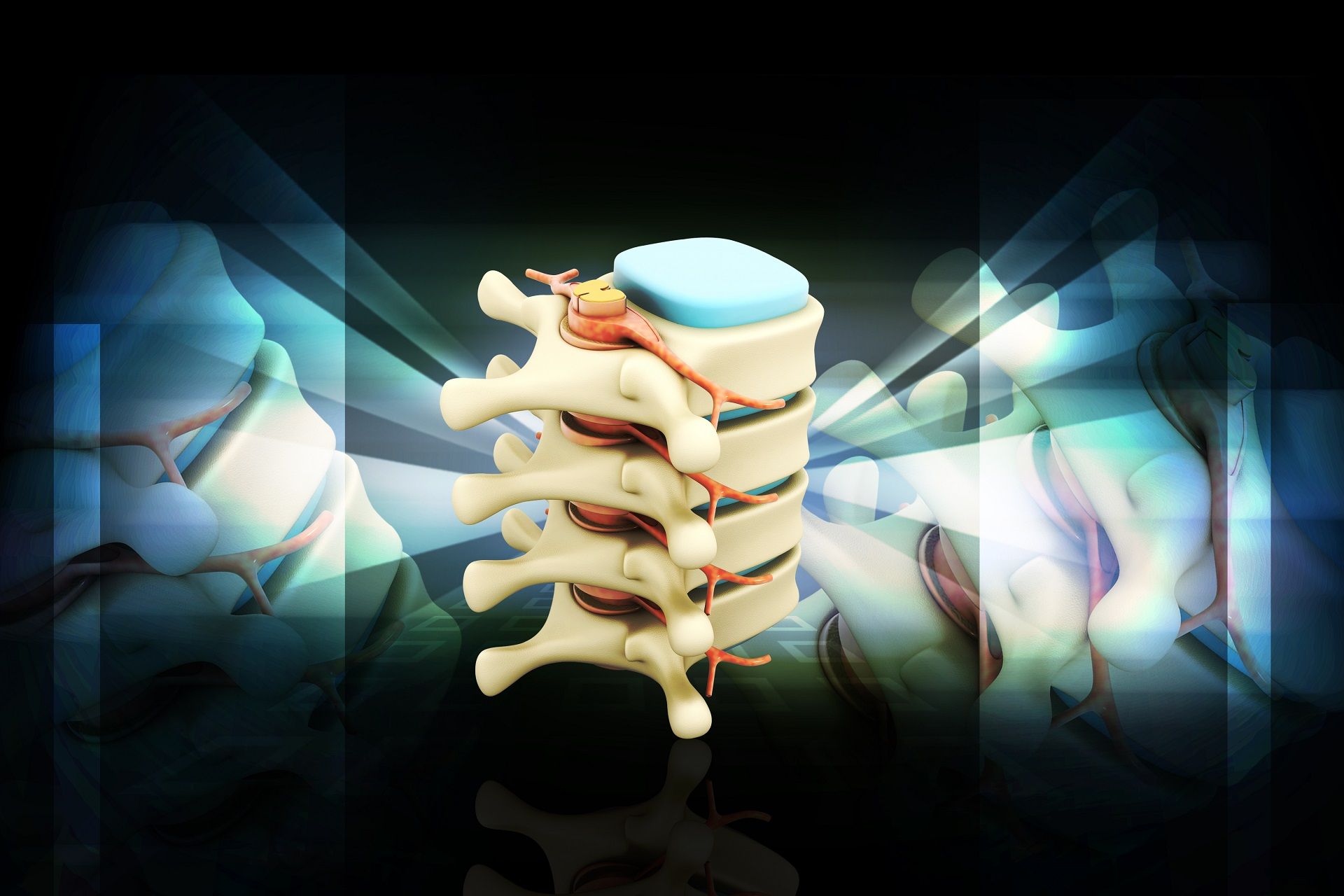Why You Should Give Spinal Cord Stimulator A Go?

What can you do if medications and physical therapy haven’t helped your chronic pain? Are you supposed to just accept that you’ll be in pain for the rest of your life?
No, because there’s still something you can try - a spinal cord stimulator that can alleviate your suffering and make life bearable again.
But what is living with a spinal cord stimulator like and is getting this implant even worth it?
Sit back and relax, we’re going to tell you everything you need to know about this method of pain management.
What Is A Spinal Cord Stimulator?
A spinal cord stimulator (sometimes called a pain pacemaker) is a neuromodulation device that uses small electromagnetic pulses to eliminate some nerve reactions before they are registered by the brain. This helps mask the pain and, in some cases, helps ease the symptoms of chronic conditions.
It consists of a lead connected to the spinal column and a stimulator pack. As such, the device is implanted into the body of the patient..
Can Everyone Benefit From A Spinal Cord Stimulator?
Unfortunately, living with a spinal cord stimulator doesn’t automatically help in every case.
You have to be aware of the fact that your physician will most likely only suggest this intervention if you tried other methods such as chiropractic care, medication, and physical therapy.
Before getting a permanent implant, your doctor will first get you to try a trial stimulator. If it helps eliminate pain after a certain period, your treating physician may suggest a spinal cord stimulator.
Typically, this treatment is effective for the following conditions:
- Chronic back pain
- Failed back surgery
- Arachnoiditis (inflammation of the membrane that covers the spinal cord or the brain)
- Spinal cord injuries
- Angina
- Nerve pain
- Complex regional pain syndrome
- Perineal or visceral abdominal pain
- Peripheral vascular disease
What Is It Like Living With A Spinal Cord Stimulator?
For those that respond well to this treatment, living with a spinal cord stimulator is a change for the better. Many patients report they were able to return to their normal lives while experiencing a significant decrease in pain levels.
More importantly, for many patients living with a spinal cord stimulator, it’s a chance to cut down on opioid use and minimize their reliance on pain medication.
Types Of Spinal Cord Stimulators
There are many types of spinal cord stimulators and they all provide different types of pain relief. Here are the three most common types:
1. Traditional type
This spinal cord stimulator is the oldest and still the most popular of the bunch.
It produces a buzzing feeling, which helps with pain relief by reducing the sensations of pain while also providing a distraction from any remaining ache.
2. Burst type
A burst device is a type of low-frequency spinal cord stimulator that uses electrical impulses released in a short burst. This is effective as it mimics the natural way in which nerves communicate.
It’s most effective for chronic pain limited to a single area of the body.
3. High-frequency type
High-frequency spinal cord stimulators emit electrical impulses with a frequency of 1 kHz and more to provide pain relief without creating any tingling sensations.
For some patients, this is more comfortable and many report they felt relief on the first day without having to endure any uncomfortable tingling.
Types Of Spinal Cord Stimulator Batteries
When deciding on the type of spinal cord stimulator you will use, you also have to consider the battery type.
The most common ones include:
- Implantable pulse generator: this device requires surgery to replace the battery periodically
- Rechargeable implantable pulse generator: works the same as the previous one but you won’t require surgery to replace the dead battery
- Radiofrequency stimulator: with this device, the battery is located outside the body
Depending on your health status, a rechargeable battery might be the best choice for you. This is because these devices have a battery life of up to ten years, while the standard battery needs to get replaced every few years.
This means that by going with a rechargeable variant, you’ll require fewer future surgeries.
Rechargeable spinal cord stimulator batteries also charge quickly and many patients simply make it a part of their daily routine.
How Do You Control A Spinal Cord Stimulator?
Most spinal cord stimulators come with a handheld controller, which you can use to set the intensity of the impulses, their frequency, and the surface area they’re covering.
Newer models also allow you to program them to offer different levels of pain relief at different times of the day. For instance, if you require more intensity at work, you can program this setting with your controller.
Are There Negative Sides To Using A Spinal Cord Stimulator?
For the most part, living with a spinal cord stimulator is wonderful. However, there are some annoyances you need to be aware of.
To begin with, you’ll usually lose more time at airports as X-ray machines will detect your stimulator. You’ll then have to provide the TSA with a medical ID card that proves you’re authorized to use the device.
It’s also not recommended to operate a vehicle while your stimulator is powered on as electric impulses can be distracting. The same goes for activities that put pressure on the area where your stimulator is implanted.
Some devices can cause serious injury during an MRI scan. Always make sure your physicians are aware of the exact model of your spinal cord stimulator and its location before scheduling an MRI.
Lastly, if you just had your trial stimulator installed, you should avoid getting it wet. Still, this is only temporary. Once you receive your permanent stimulator and your sutures heal, don’t worry about the moisture. You can even go for a swim!
Start A New Chapter In Your Life with OAS
Chronic pain can be a lifelong struggle, but thankfully, technology has allowed us to discover new ways of treating this problem with no medication.
Not everyone will respond well to a spinal cord stimulator, but if you’re out of options and are living in pain, you have nothing to lose by giving it a try.
If you have a condition that this treatment was proven to be effective against, consult your physician and let them know you’re interested in trying this device.
Who knows, maybe in a month or so, you’ll start a new, pain-free chapter in your life. . Contact
OAS Today.
Disclaimer: The information on this website and blog is for general informational purposes only and is not professional advice. We make no guarantees of accuracy or completeness. We disclaim all liability for errors, omissions, or reliance on this content. Always consult a qualified professional for specific guidance.








